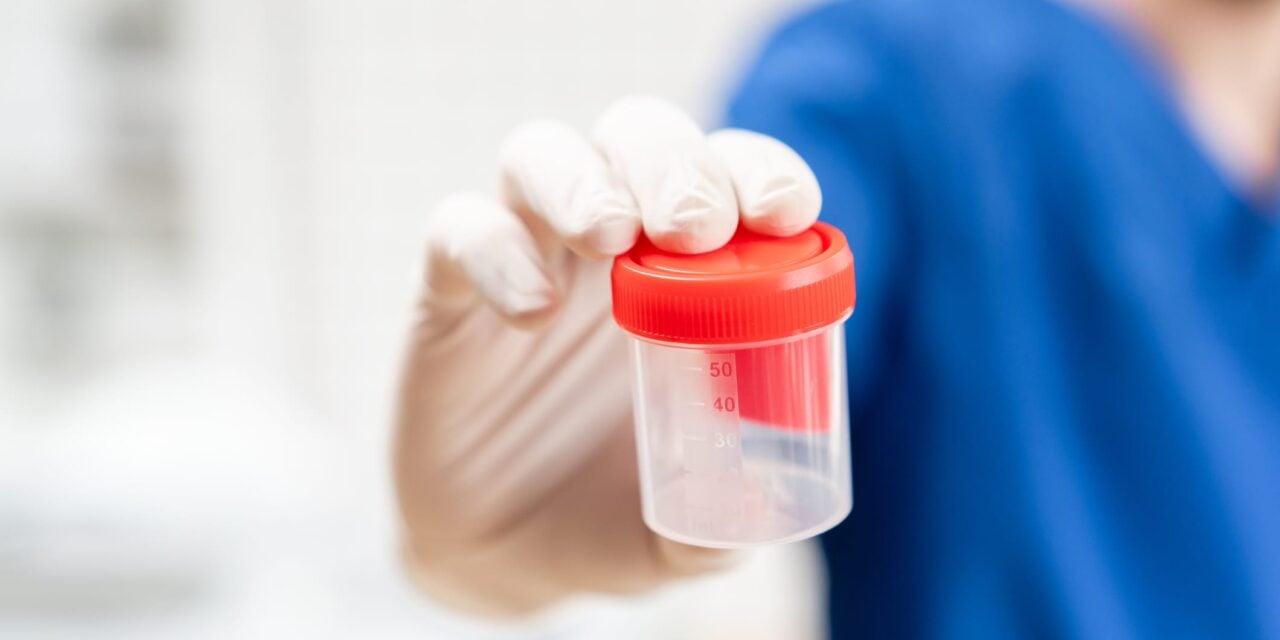New research suggests standard drug tests may miss low-level exposure in children—potentially sending them back into unsafe home environments—and suggests an alternative.
Standard drug screening misses low concentrations of targeted substances in around 5% of urine samples taken from patients under age 18, suggesting that children with drugs in their systems are sometimes released from healthcare settings into unsafe home environments, according to research presented at ADLM 2025.
The study highlights an adjustment that clinical labs can make to improve the accuracy of results and to help ensure that substance-exposed children and their families get appropriate support.
Researchers have long known that standard urine drug screening—which is typically done using immunoassay—can sometimes trigger false positives. It’s the reason a second confirmatory test with mass spectrometry is typically used to verify results for patients who test positive on immunoassay.
However, the opposite issue, where urine drug screening indicates an absence of drugs in patients who have actually taken them (false negatives), has not been well studied. This mistake is more likely to occur in samples taken from infants and young children whose kidneys are still developing or who have incidental exposure to a low level of drugs, resulting in a low drug concentration in their urine that may not reach the cutoff used in standard urine drug screening. One approach for minimizing this possibility is to use mass spectrometry on all pediatric patients, skipping the initial immunoassay.
“To our knowledge, St Louis Children’s is the only hospital in the US to adopt this ‘direct-to-mass-spectrometry’ approach,” says Yanchun Lin, PhD, one of the study’s authors and a clinical chemistry fellow at Washington University in Saint Louis, Missouri. “So we really want to urge laboratorians to reconsider the approach they adopt for pediatric [urine drug screening] testing.”
Comparing Immunoassay with Mass Spectrometry
The researchers used two strategies to compare immunoassay results with mass spectrometry for detecting substances in common drug tests, including amphetamine/methamphetamine, cocaine/benzoylecgonine (the main metabolite of cocaine), THC, opiates, fentanyl, benzodiazepines, and methadone.
In the first approach, they studied 125 urine samples over a five-month period from pediatric patients with weakly positive results on mass spectrometry to check how many of them were missed by immunoassay (forward approach). For the second strategy, they assessed 115 urine samples that tested negative on immunoassay to assess if mass spectrometry could detect any drugs (reverse approach).
Among the 125 samples that tested positive on mass spectrometry, 112 (approximately 90%) contained compounds not detected by immunoassay, most commonly methamphetamine and benzoylecgonine. Thirty-eight (33%) of the 115 samples found negative on routine urine drug screening tested positive for at least one substance when re-examined by mass spectrometry. Moreover, mass spectrometry identified substances in six samples (5%) that were targeted but missed by immunoassay.
In addition, the researchers identified 32 pediatric urine samples that contained prescription medications not picked up by immunoassay, including lorazepam, ketamine, bupropion, methylphenidate, clonidine, quetiapine, venlafaxine, and naloxone. They also found five samples containing fentanyl, which wasn’t on the urine drug screening menu at some study centers from which samples were taken.
Drug Screening May Miss Low Drug Concentrations
Taken together, the results indicate that urine drug screening may miss low drug concentrations in approximately one in 20 pediatric urine samples. This finding held true using both the forward and reverse schemes, spanning multiple clinical environments and analytic platforms. Using a direct-to-mass spectrometry approach would significantly lessen the risk of false-negative drug screens and largely eliminate false-positive findings as well, the authors conclude.
That said, making this change isn’t without challenges for labs. “It’s actually pretty labor-intensive,” Lin says in a release, “and it’s much harder to maintain the assay” using the direct-to-mass spectrometry approach. “You need highly trained personnel and dedicated full-time employees,” she adds.
But labs that can make the shift will benefit from more accurate results that could translate to better care. “If it’s possible, it should definitely be adopted, especially for pediatric patients,” Lin says in a release.
ID 154855754 © Serge Mikheev | Dreamstime.com





